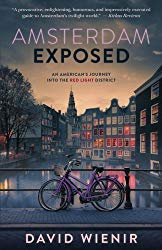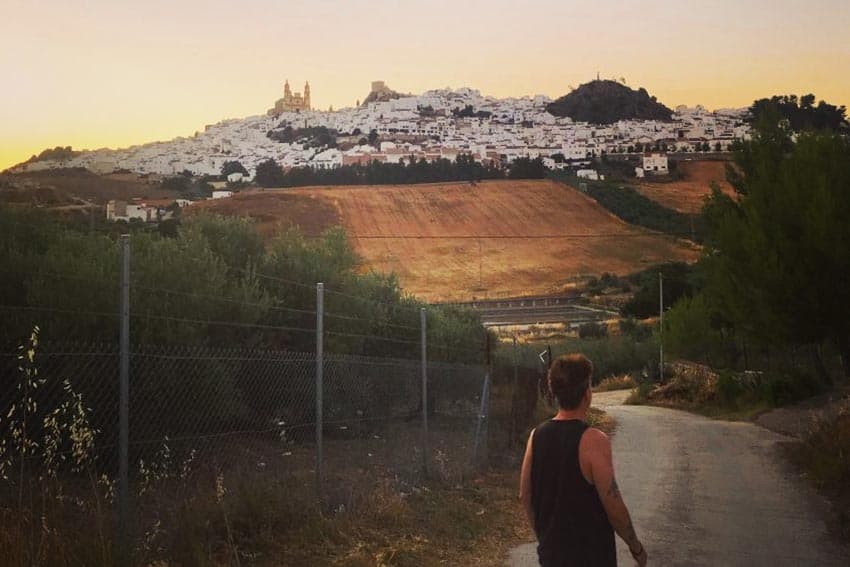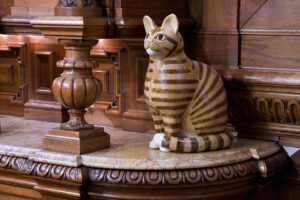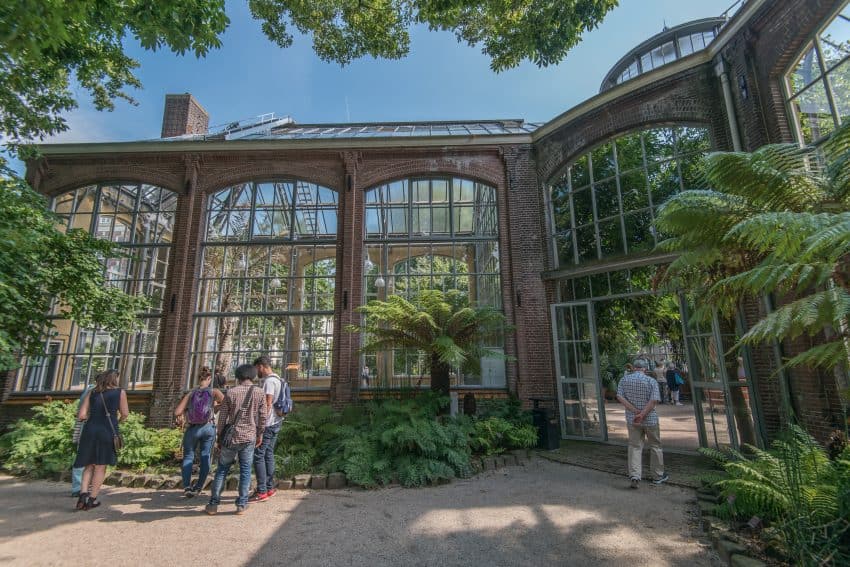
Red Light District: Amsterdam Exposed
Amsterdam Exposed: An American’s Journey Into The Red Light District by David Wienir tells the true one-of-a-kind story of an innocent exchange student who moves to Amsterdam hoping to write a book about the red light district – and everything that follows.
It’s an American abroad story, and also a love story; it’s an uplifting tragedy, full of humor from beginning to end; it’s an Amsterdam survival guide; a sympathetic look at a societal problem; a little piece of policy; a sweet farewell to a world just about gone; and, ultimately, as close as you can come to a free trip to Amsterdam without leaving your couch.
In sum, Amsterdam Exposed takes readers deep into the district on a journey never before possible, forever reshaping their understanding of one of the most famous tourist attractions in the world, and the women who work there.
If you’ve ever spent time in Amsterdam, or dreamed of doing so, this book’s for you.
Just like many New Yorkers have never visited the Statue of Liberty, and many Angelinos have never checked out Griffith Observatory, many Dutch have never toured the red light district.
As Oliver followed me down Warmoesstraat, he was on edge. I was too. We made a left on Wijde Kerksteeg and found ourselves standing in front of the Oude Kerk. It was there that my journey into the district would officially begin.
Amsterdam Red Light District
The district is sprawling, covering roughly a square mile. Once inside, the rest of the world melts away. One enters a new reality. The district isn’t hidden from the city but sits in its most accessible part. One need not venture far to find it. While seemingly godless, it’s home to many of Amsterdam’s most beautiful structures including the Oude Kerk, Amsterdam’s oldest building, built over 800 years ago and consecrated in 1306.

It’s also filled with apartments, cafes, bars, and even a preschool. It’s a place of contrasts— where worlds collide and have for centuries. The old church looms large over the district like a guardian or spiritual anchor. That night it had an imposing presence, but a comforting one as well.
Prostitution has existed in Amsterdam since the sixteenth century. It was legalized in 1810. The change was based on understanding criminalization does more harm than good. As women in windows were considered self-employed, their activities fell within the law. So, that’s where most women went. All forms of exploitation, such as brothels, remained illegal for another 189 years.
Since brothels didn’t legally exist, they couldn’t be regulated and were largely home to foreign and underage women. Once that changed, the same health and safety protections afforded women in the windows were extended to those in the brothels as well.
The origins of the term red light district remain unclear. Some claim it’s from the early twentieth century when railroad workers used red lanterns for signaling. They would leave their lanterns outside a girl’s door when visiting, indicating she was busy.
Others say the term dates back to the 1890s when girls would put red shades on candles in their windows to advertise, similar to the custom today. Red light districts weren’t confined to Amsterdam, but existed in 12 other Dutch cities, including Arnhem. The red light district in Amsterdam has always been the largest and most historic.

That night, I didn’t wander into the old church, nor was I admiring its Gothic architecture. I certainly wasn’t reflecting on the history of the place.
Rather, I was reflecting on a cluster of African women in a semicircle of windows before us. Standing before them, with the church behind us, was like standing before a tribunal. Our day of judgment had come.
Rubenesque Women
Wearing thongs and missing teeth, the Rubenesque women did everything they could to get our attention. All eyes were on us, and they were aggressive. For sure, there are many beautiful dark-skinned women in the district, but not here.
Not by the old church. Some knocked and scratched on their windows as we passed, others stuck out their tongues. All of them were bouncing up and down, jiggling in every direction.
Despite their enthusiasm, they seemed sad and angry. We jumped back as one of them opened her door feet from us, afraid we would get dragged into their world. We walked quickly by, hoping the district would have more to offer.
Oliver trailed slightly behind, trying his best to appear disinterested. It was hard not to look. One lady caught him taking a peek and flashed him, pressing herself up against her window.
This was the so-called welcoming committee. For many tourists, these are the first and last women they see. I’ve heard countless stories of people encountering them, only to pull a 180 and never return to the district. That night, we kept walking.
Back in 1999, the district was larger than today with over 500 windows. While just an estimate, looking back, it’s safe to say about 20 percent of the women were gorgeous, 50 percent attractive, and the remaining 30 percent not-so-good. So far, we had only seen the not-so-good women. That was about to change. A few steps past the church, we found ourselves in the heart of the De Wallen, or De Walletjes, Dutch for “little walls.”
Amsterdam Exposed: An American’s Journey Into The Red Light District
 David Wienir is a business affairs executive at United Talent Agency and an entertainment law instructor at UCLA Extension. Before UTA, he practiced law at two of the top entertainment law firms where he represented clients such as Steven Spielberg and Madonna. His previous books include Last Time: Labour’s Lessons from the Sixties, The Diversity Hoax: Law Students Report from Berkeley, and Making It on Broadway: Actors’ Tales of Climbing to the Top.
David Wienir is a business affairs executive at United Talent Agency and an entertainment law instructor at UCLA Extension. Before UTA, he practiced law at two of the top entertainment law firms where he represented clients such as Steven Spielberg and Madonna. His previous books include Last Time: Labour’s Lessons from the Sixties, The Diversity Hoax: Law Students Report from Berkeley, and Making It on Broadway: Actors’ Tales of Climbing to the Top.
Educated at Columbia, Oxford, The London School of Economics, Berkeley Law, and the Vrije Universiteit Amsterdam, David is married to Dr. Dina (to whom the book is dedicated), a pioneer of the cannabis movement who has been named “Queen of Medical Marijuana in LA” by Rolling Stone Magazine and is the inspiration for the Nancy Botwin character in the show Weeds.
Eurail Passes: What to Know about Buying a Europe Train Pass
- These 9 U.S. National Parks Require Reservations in 2024 - April 17, 2024
- Take a Hike in Olympic National Park - April 17, 2024
- The Wild Mississippi: 2340 Miles Across Ten States - April 8, 2024







This is my favorite book!